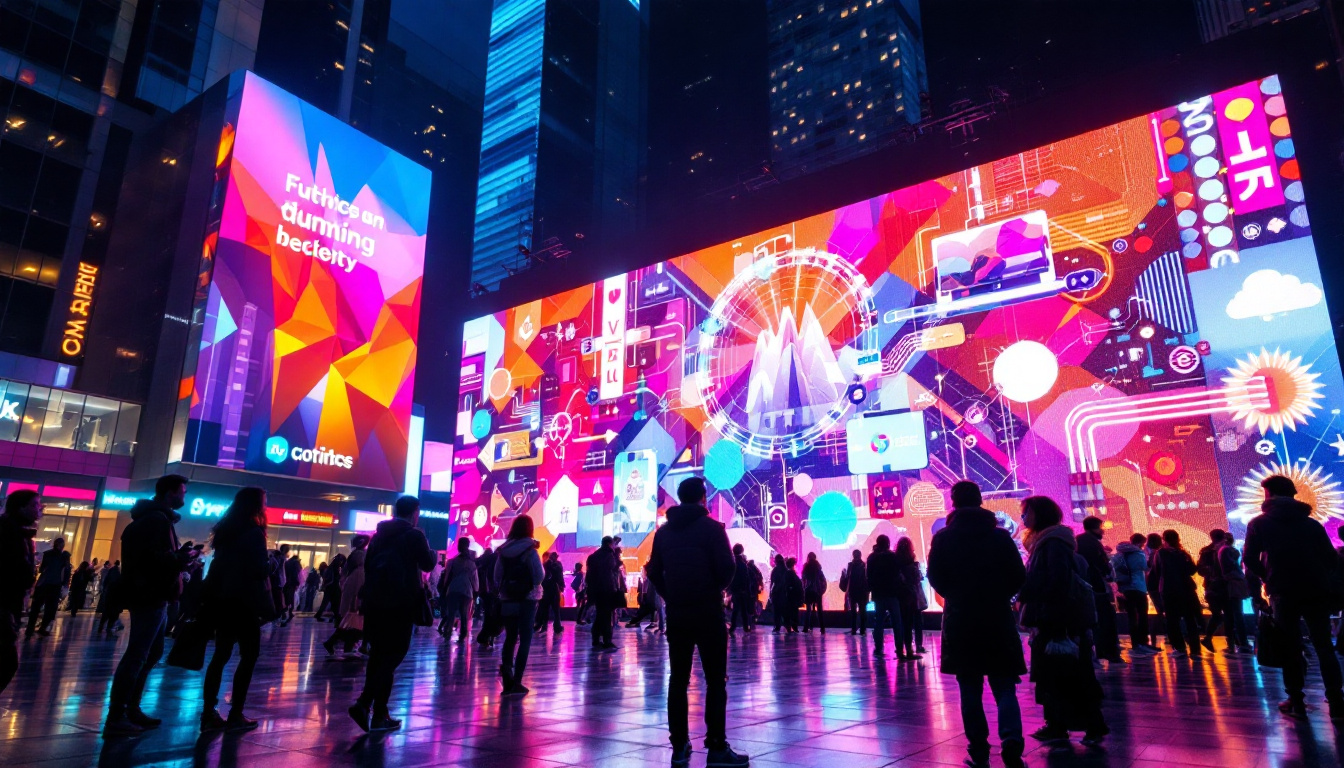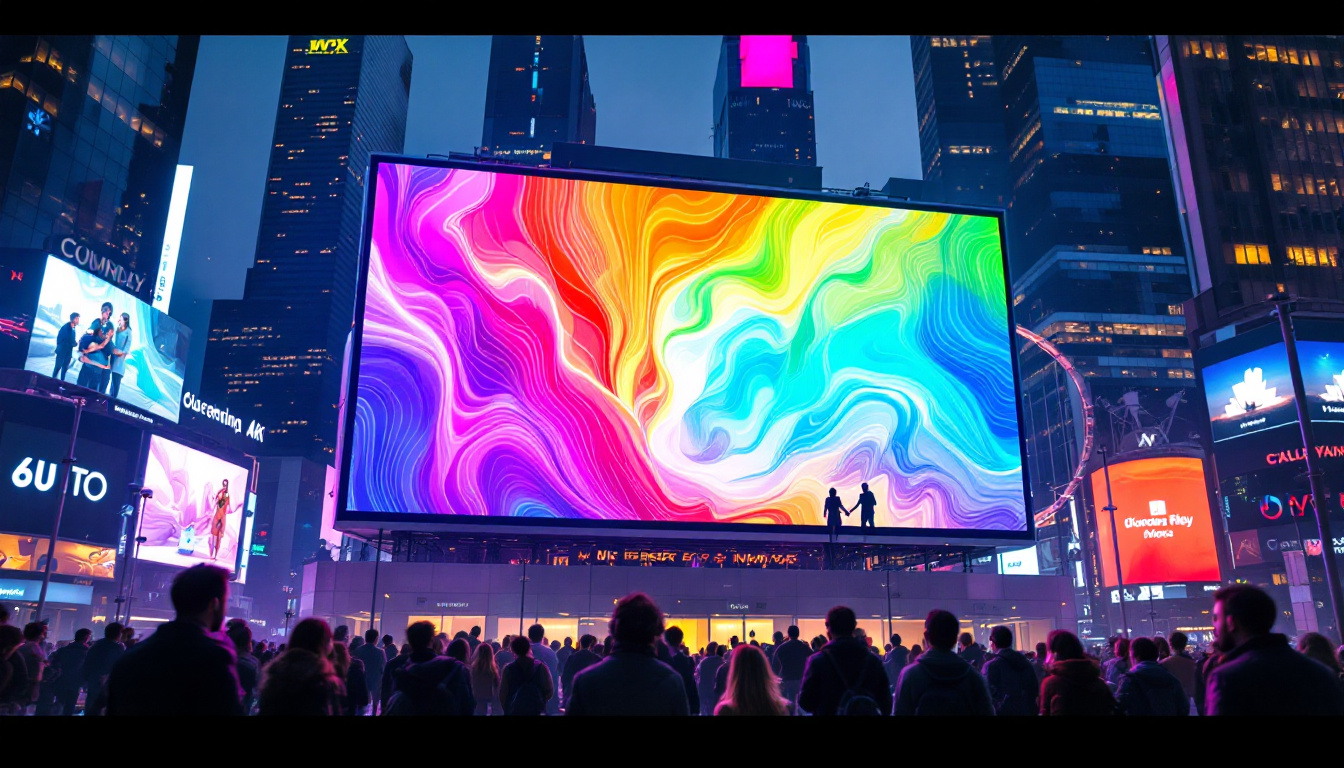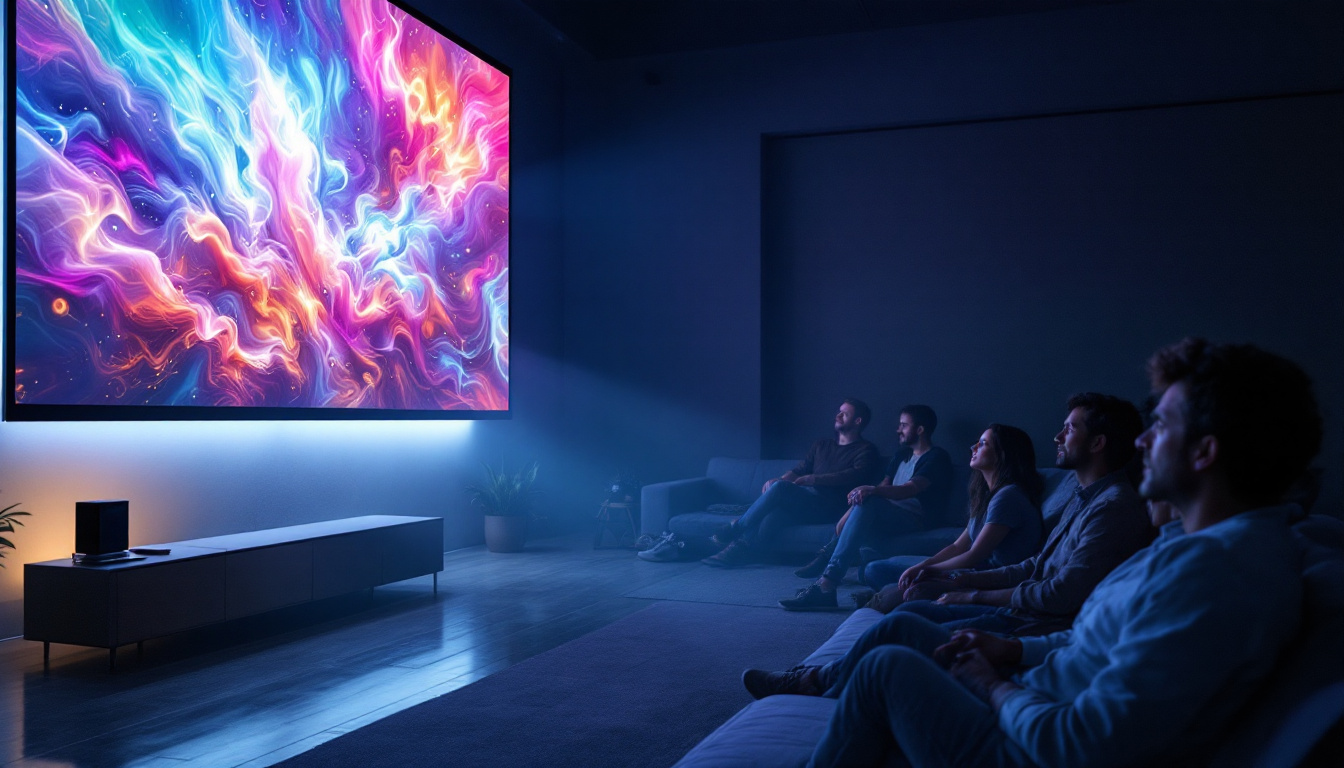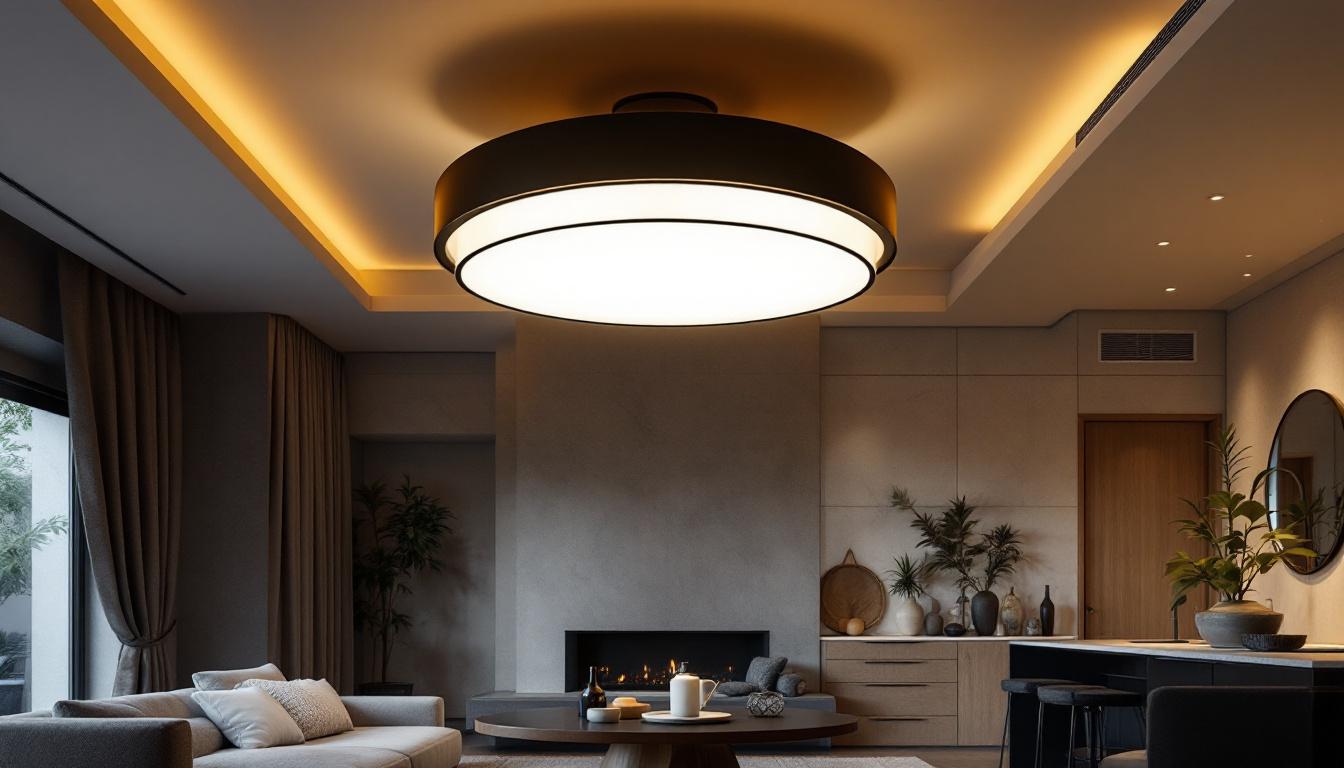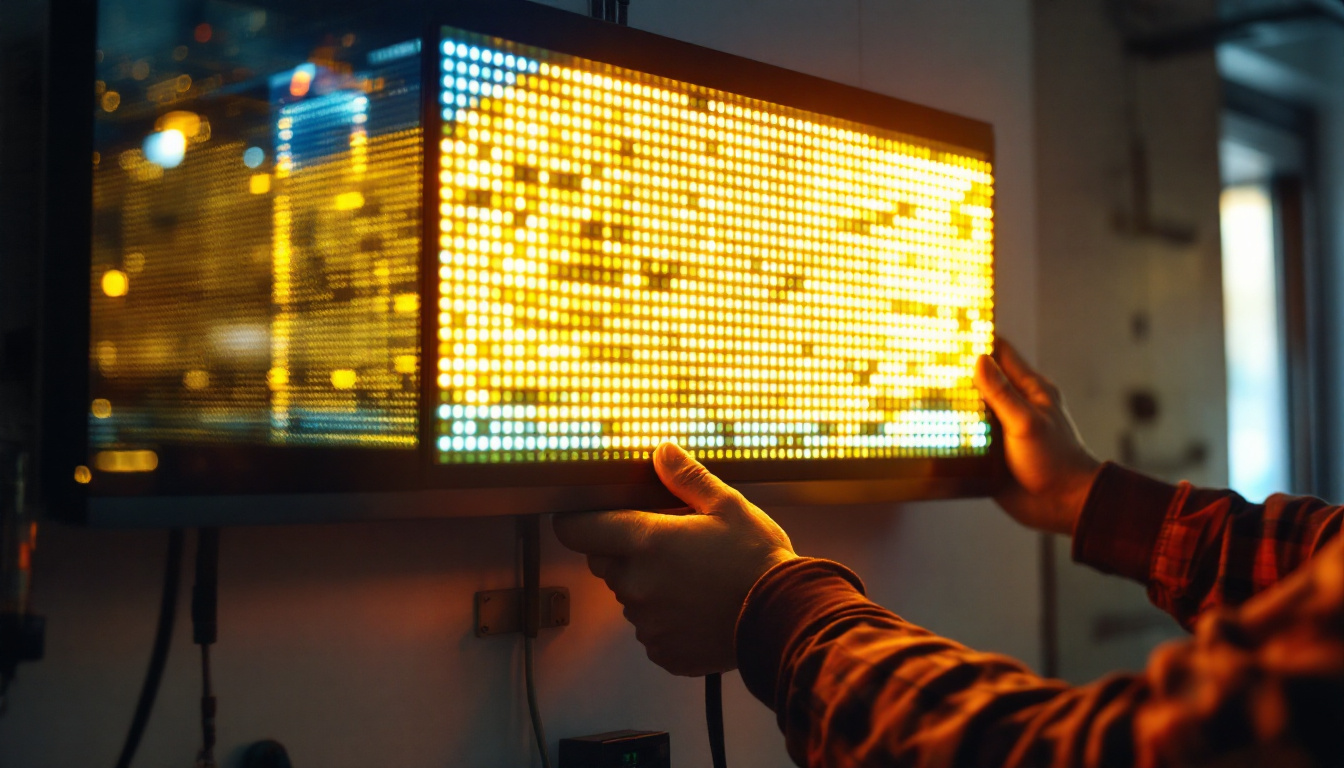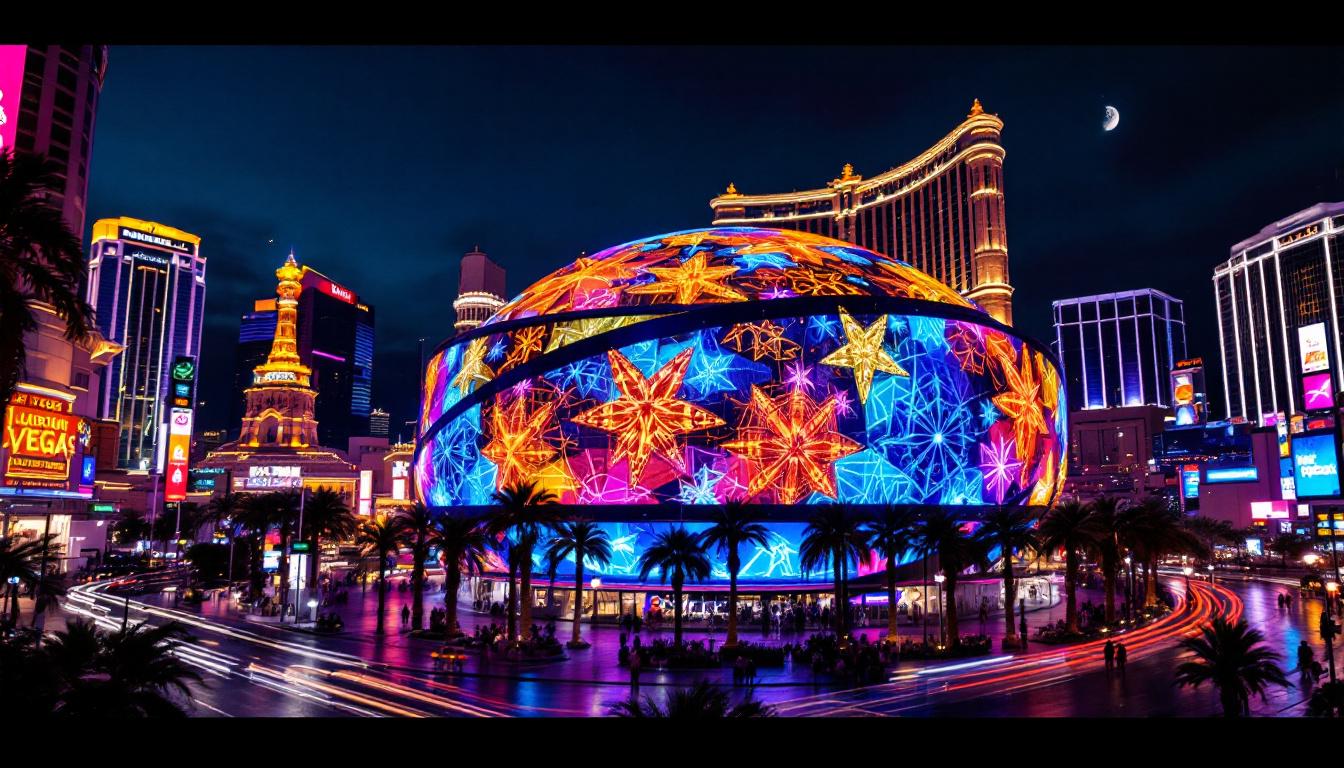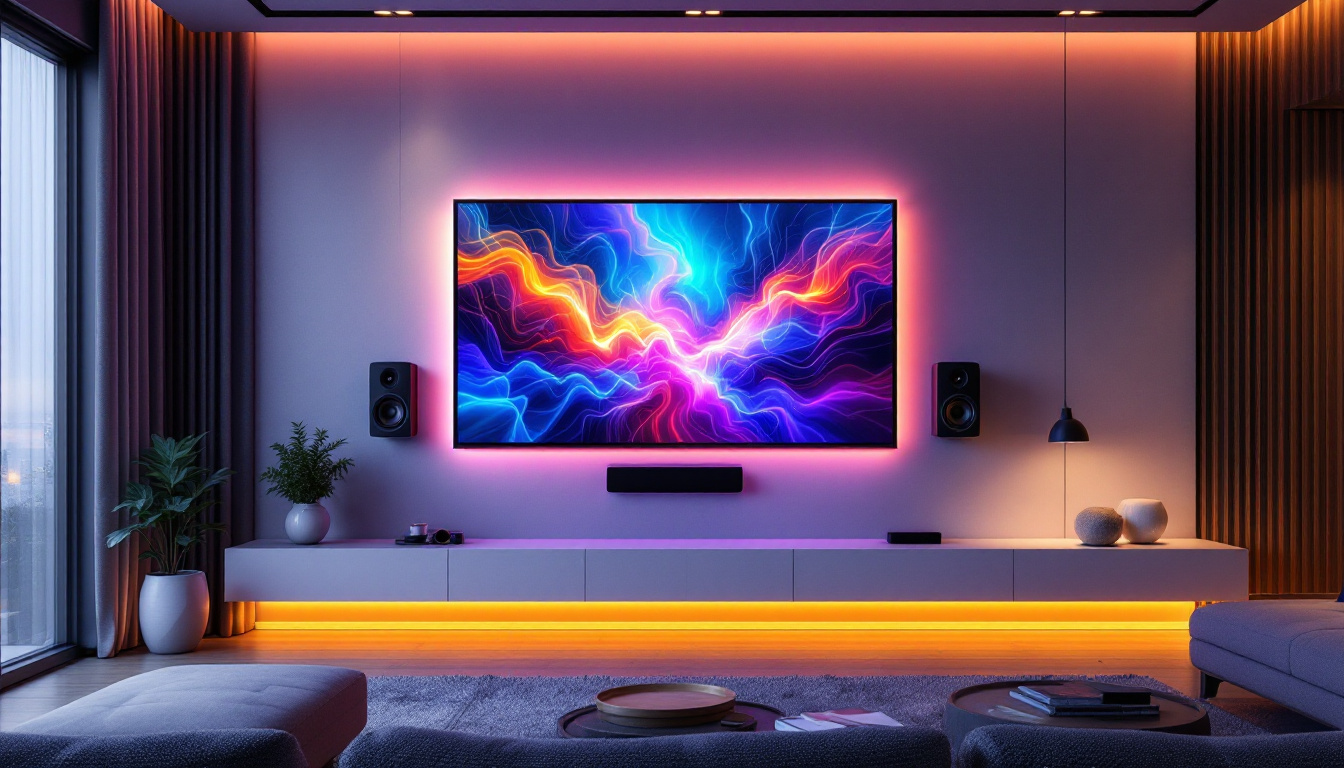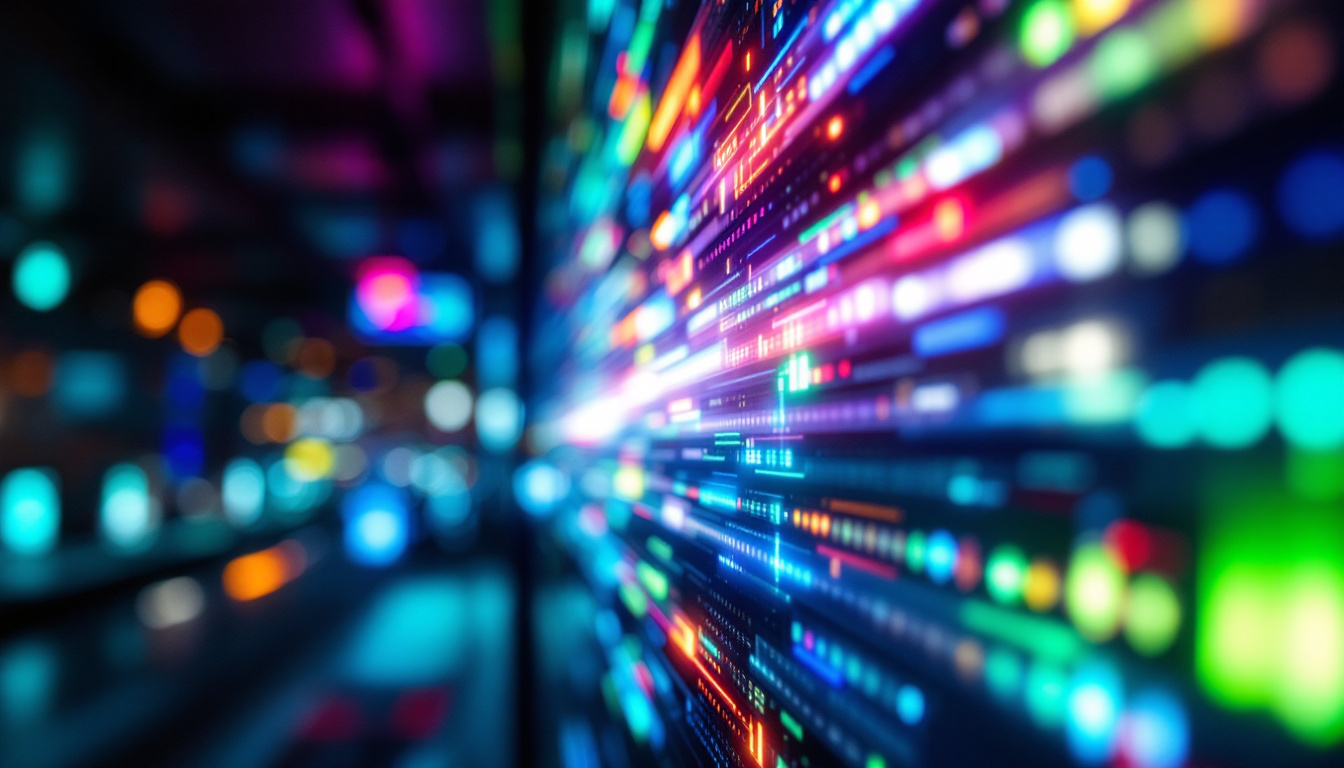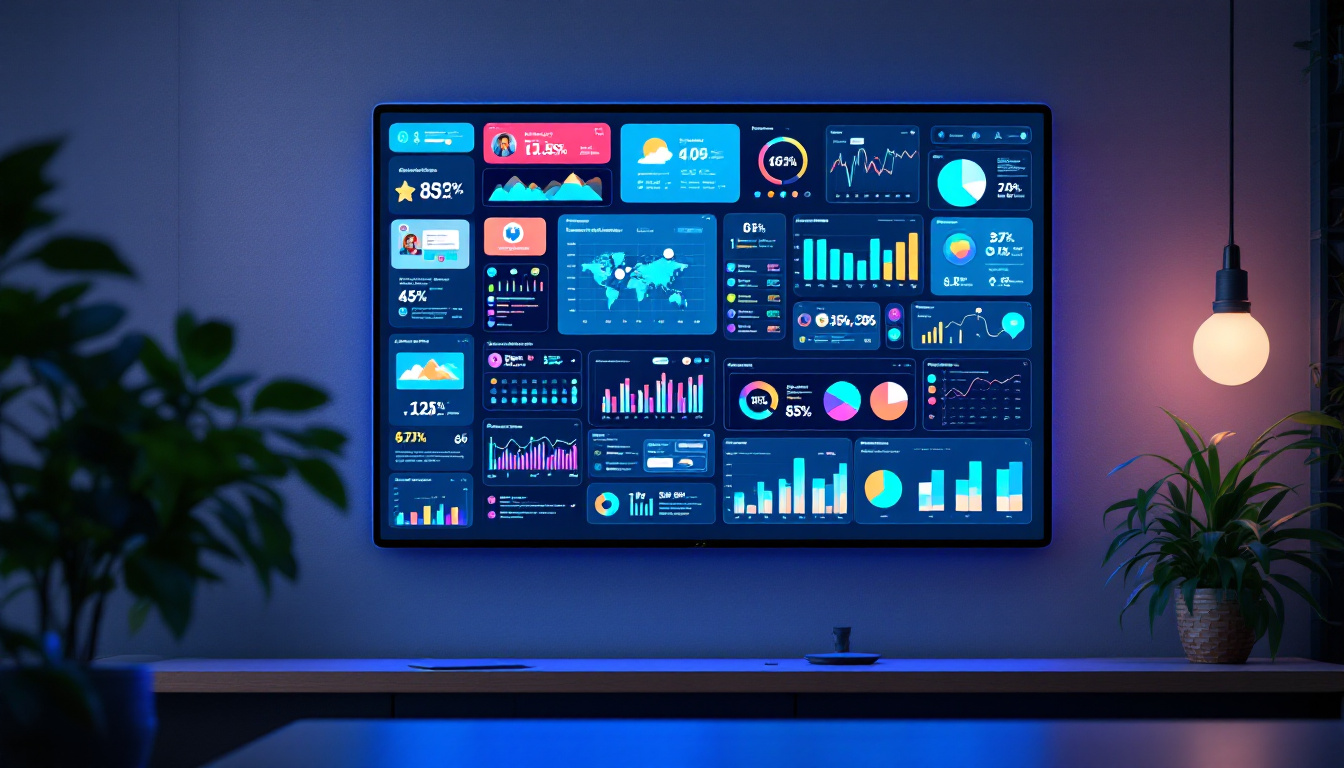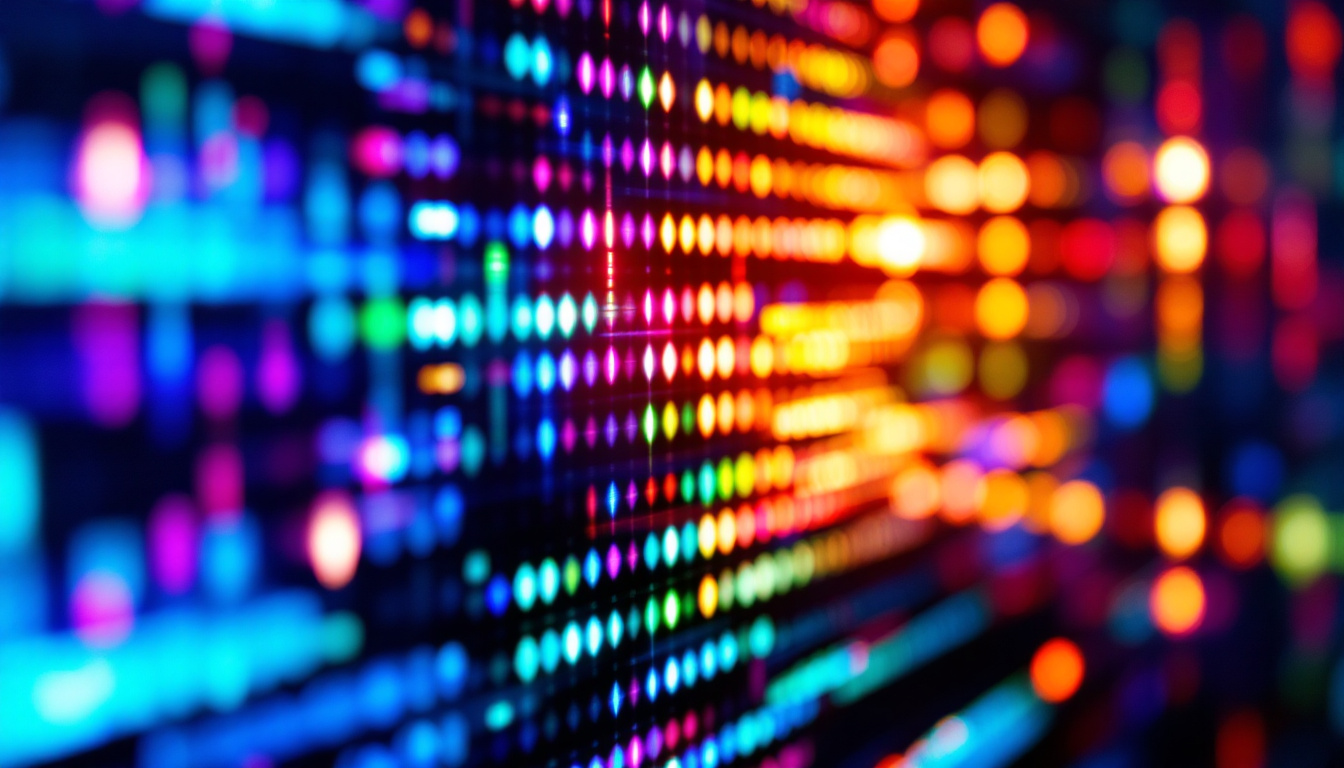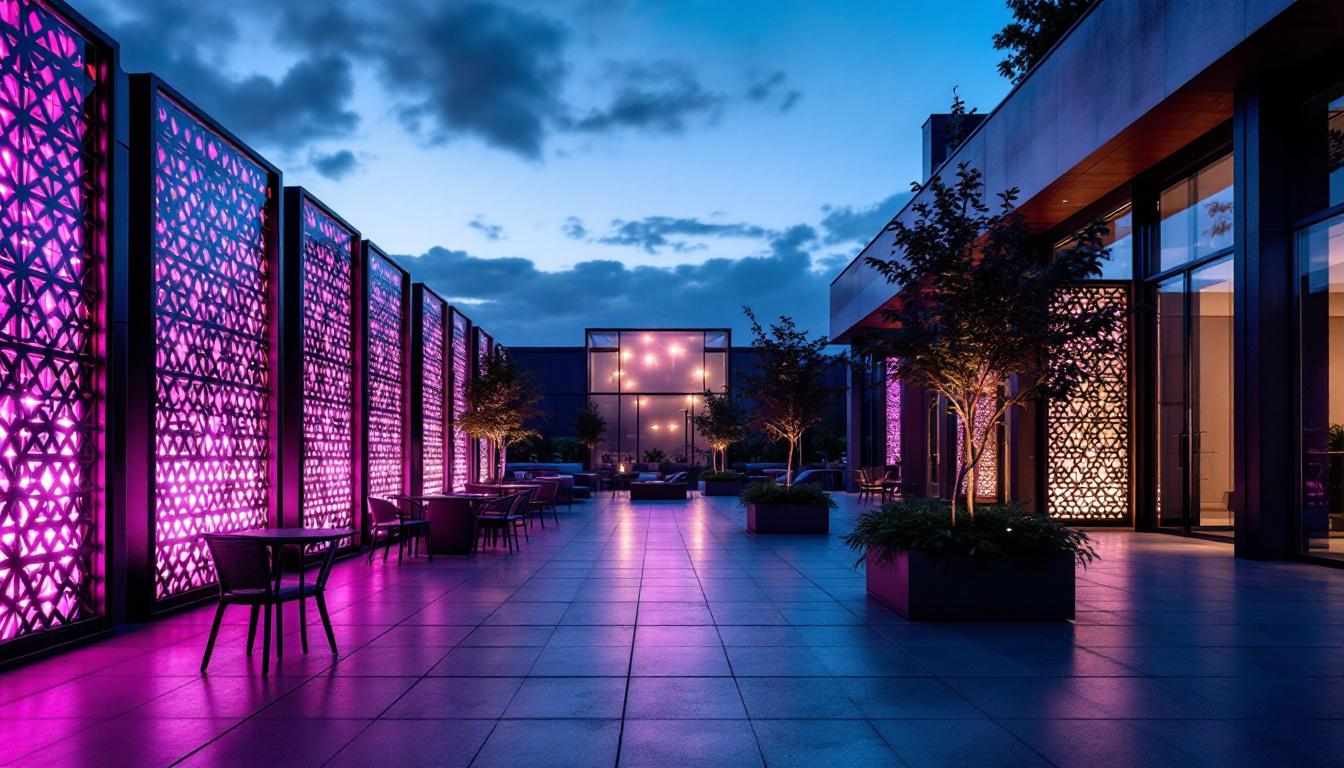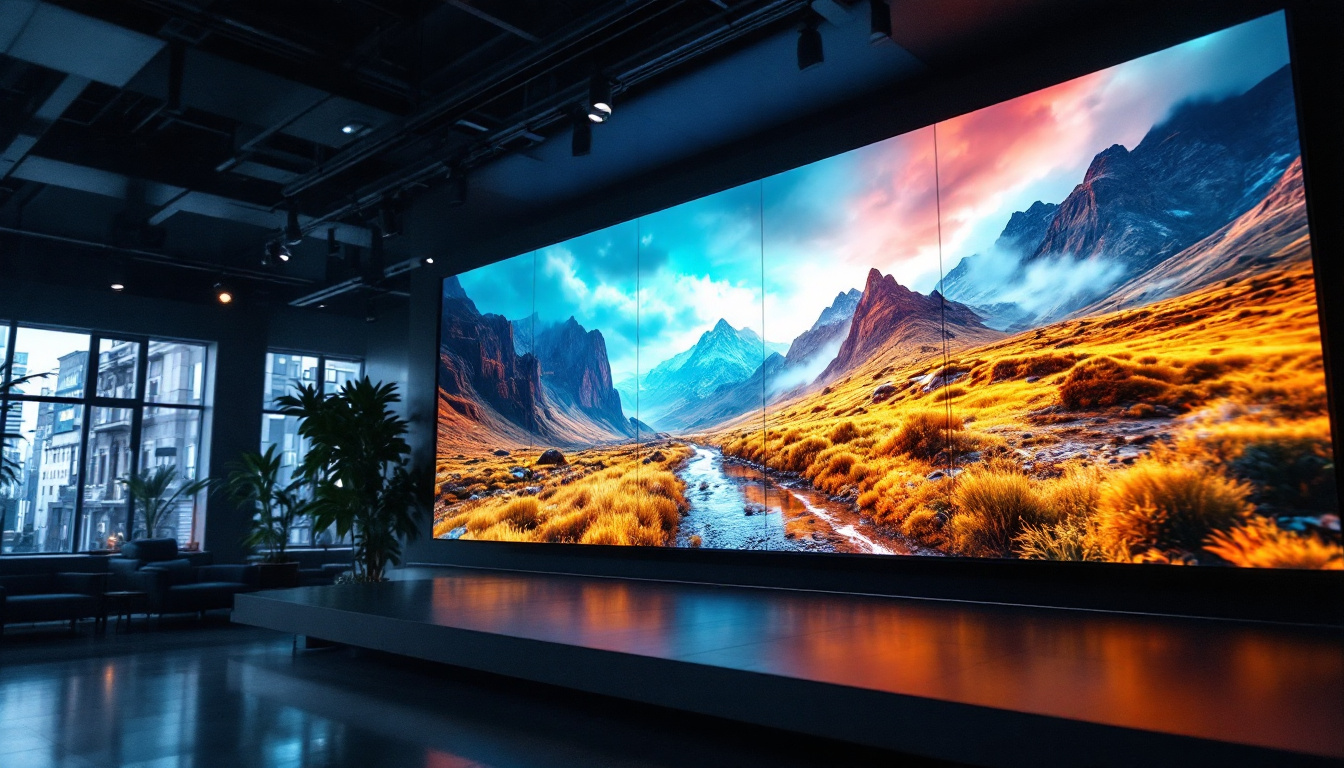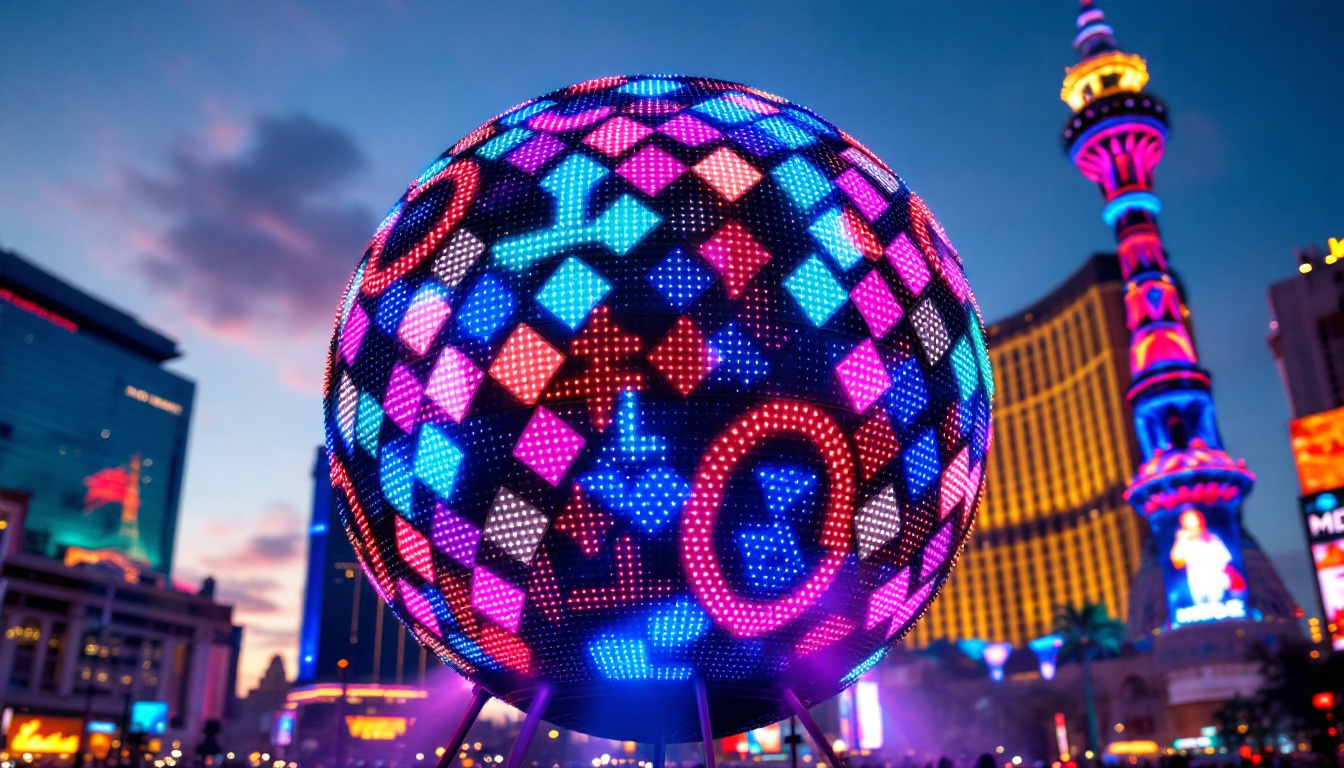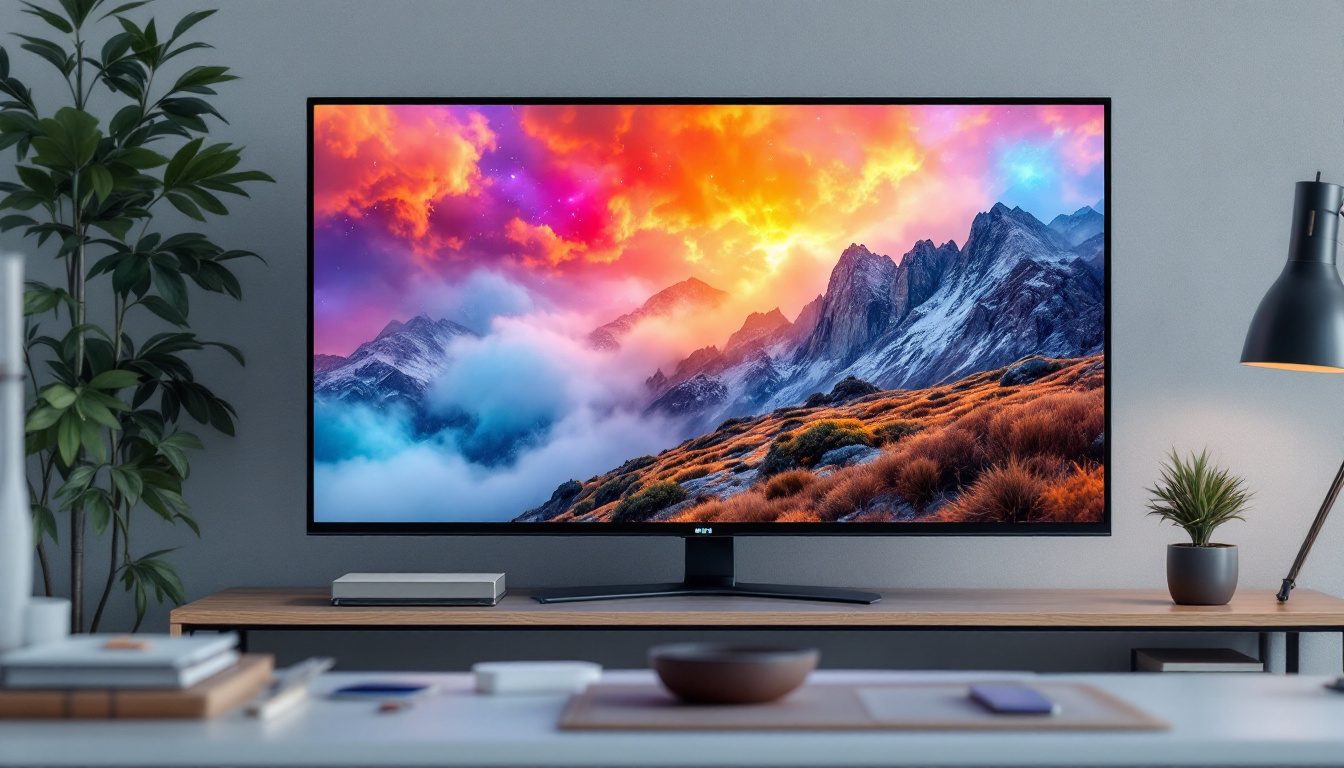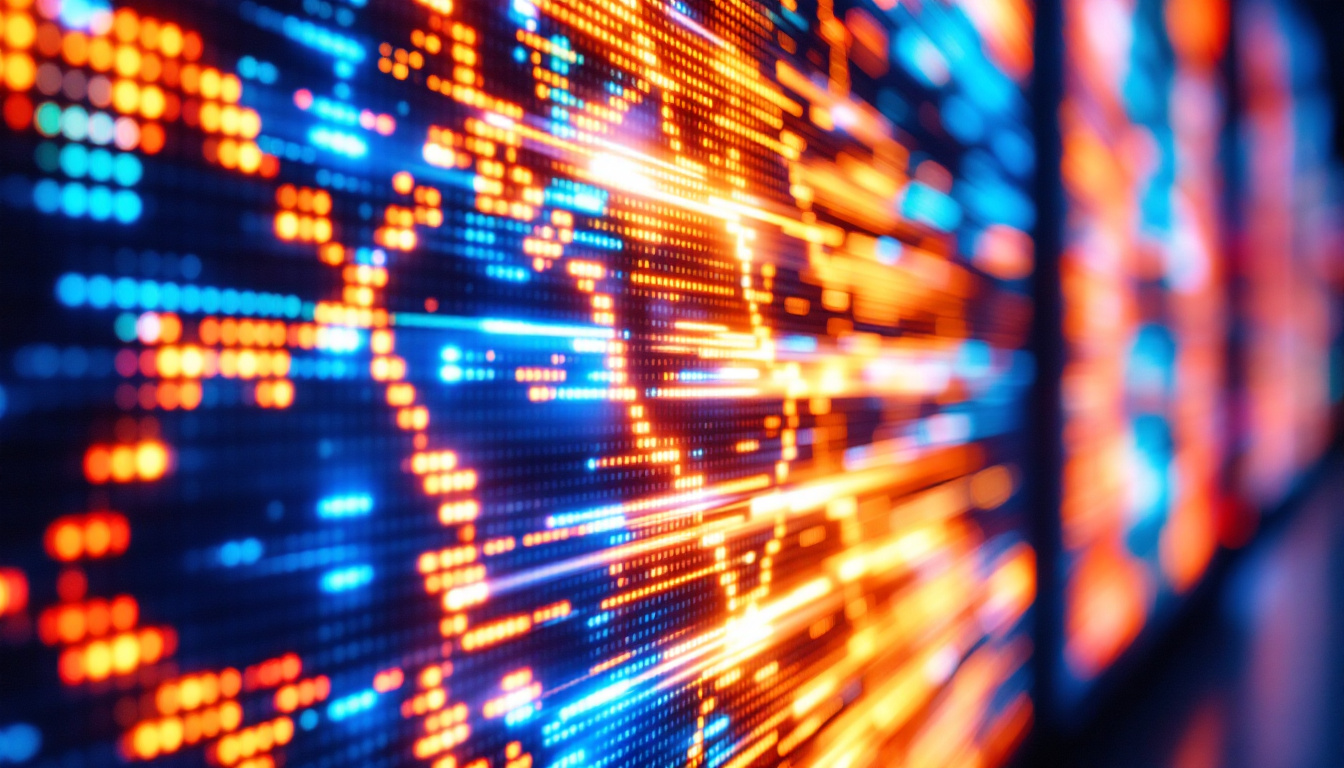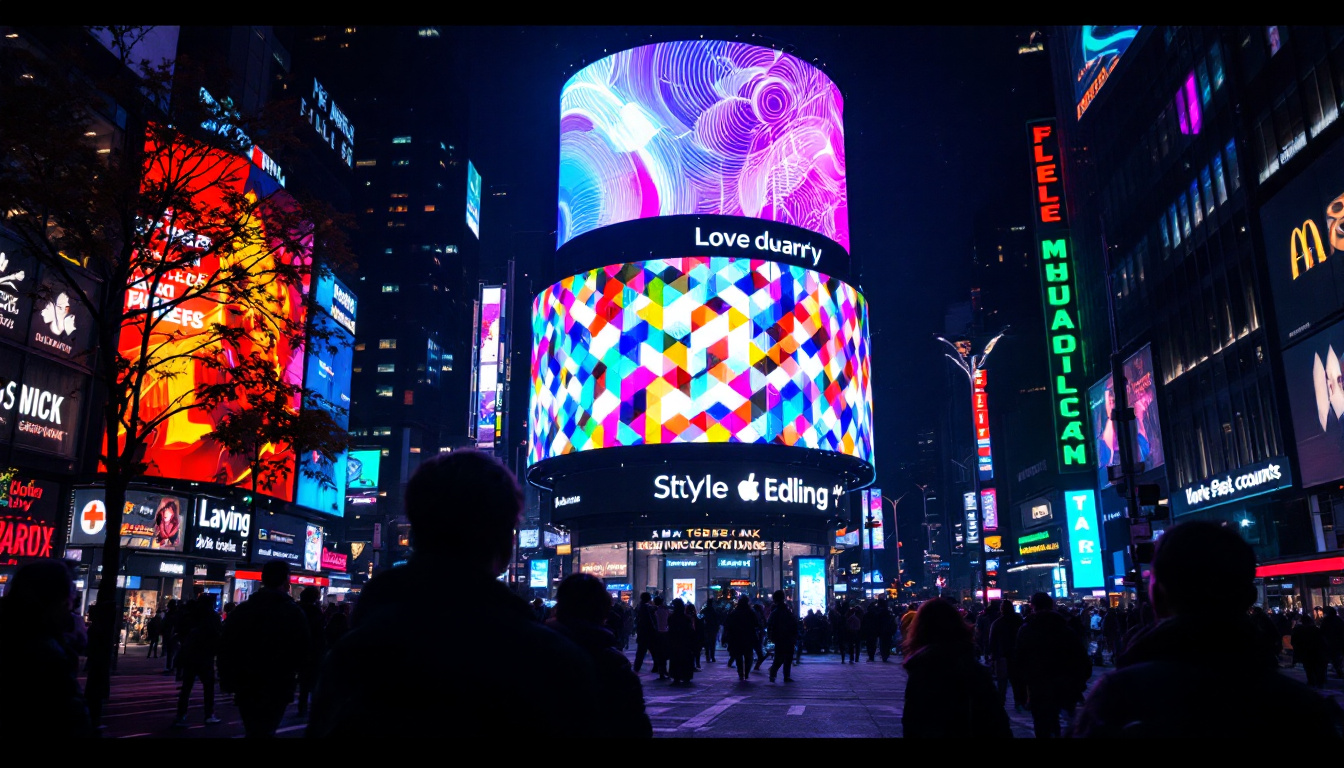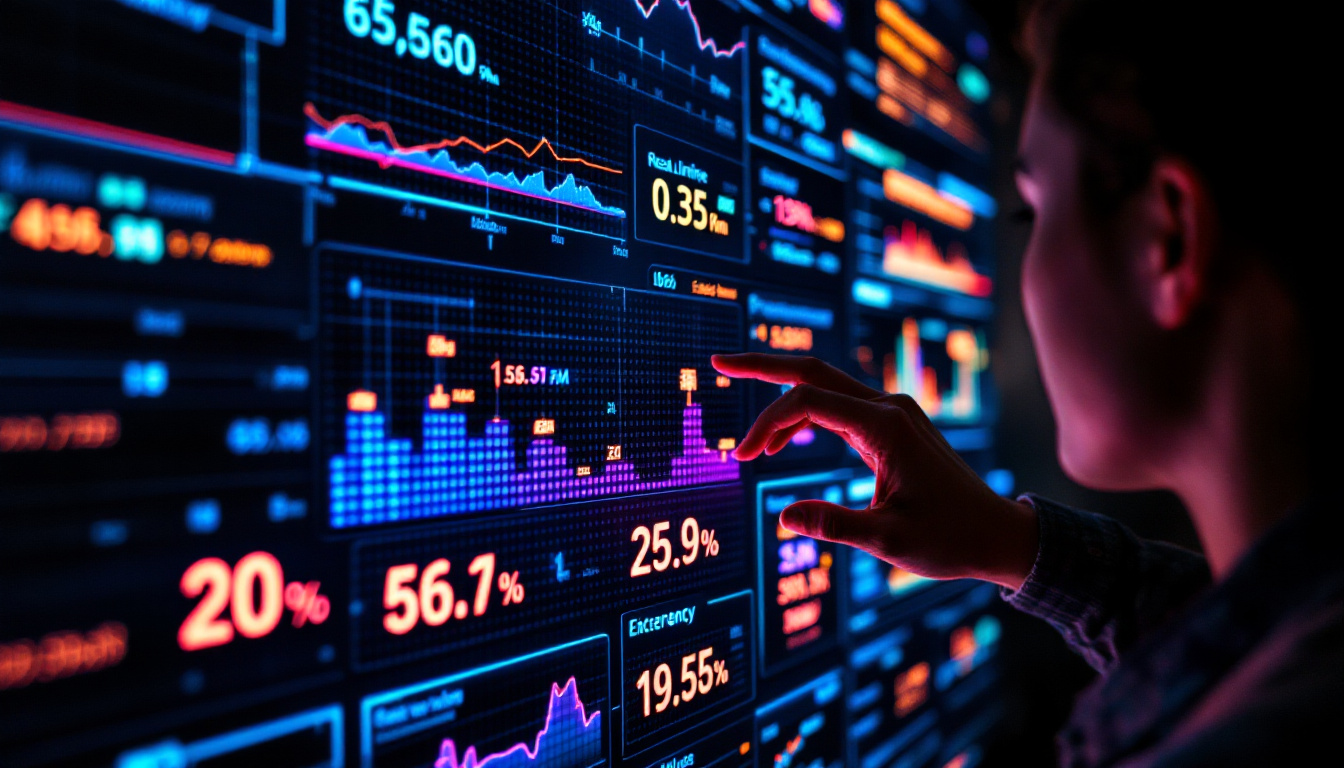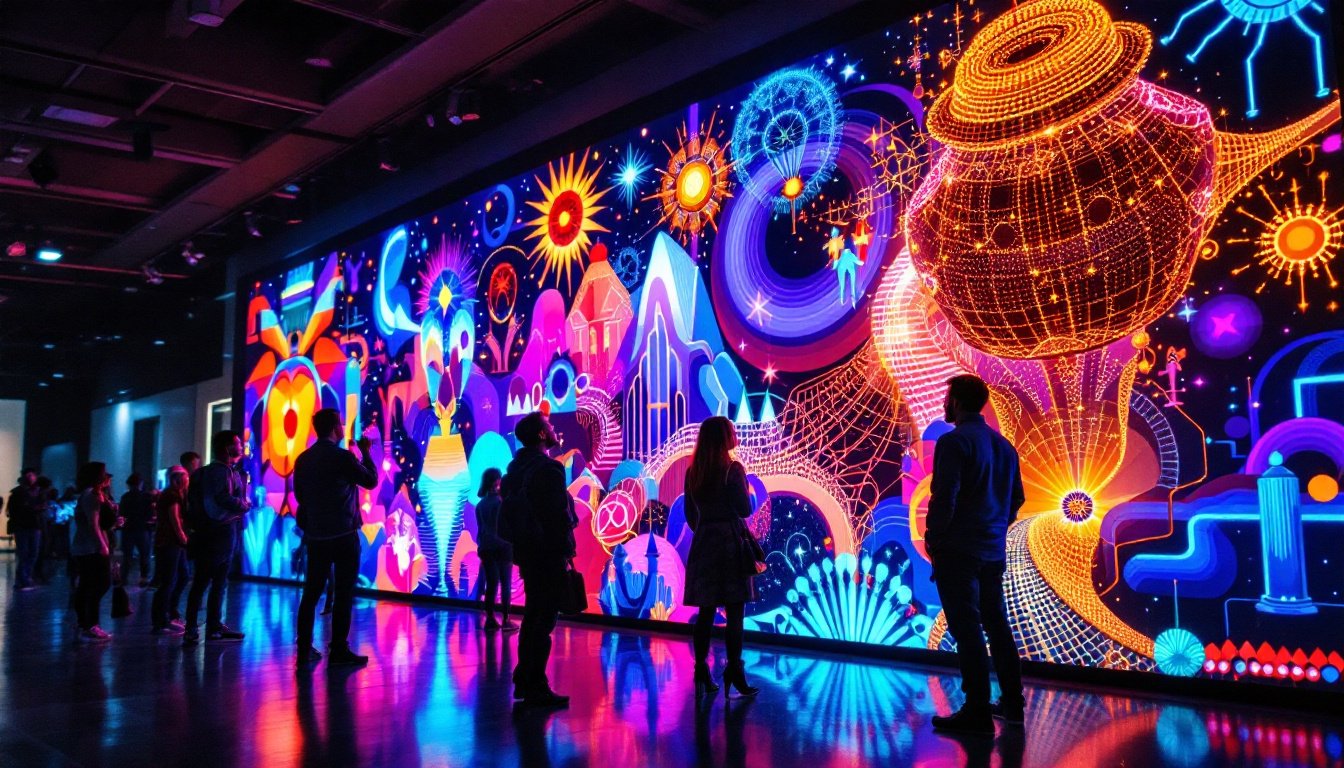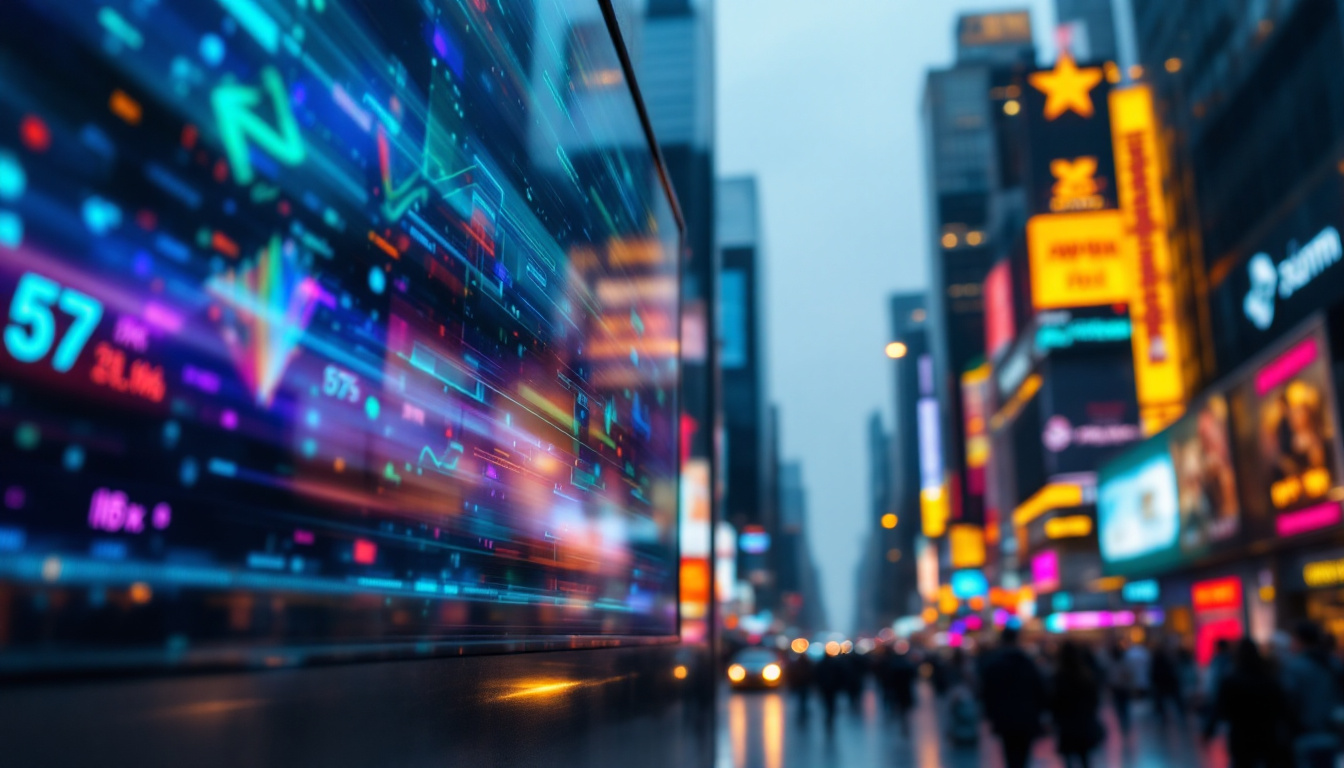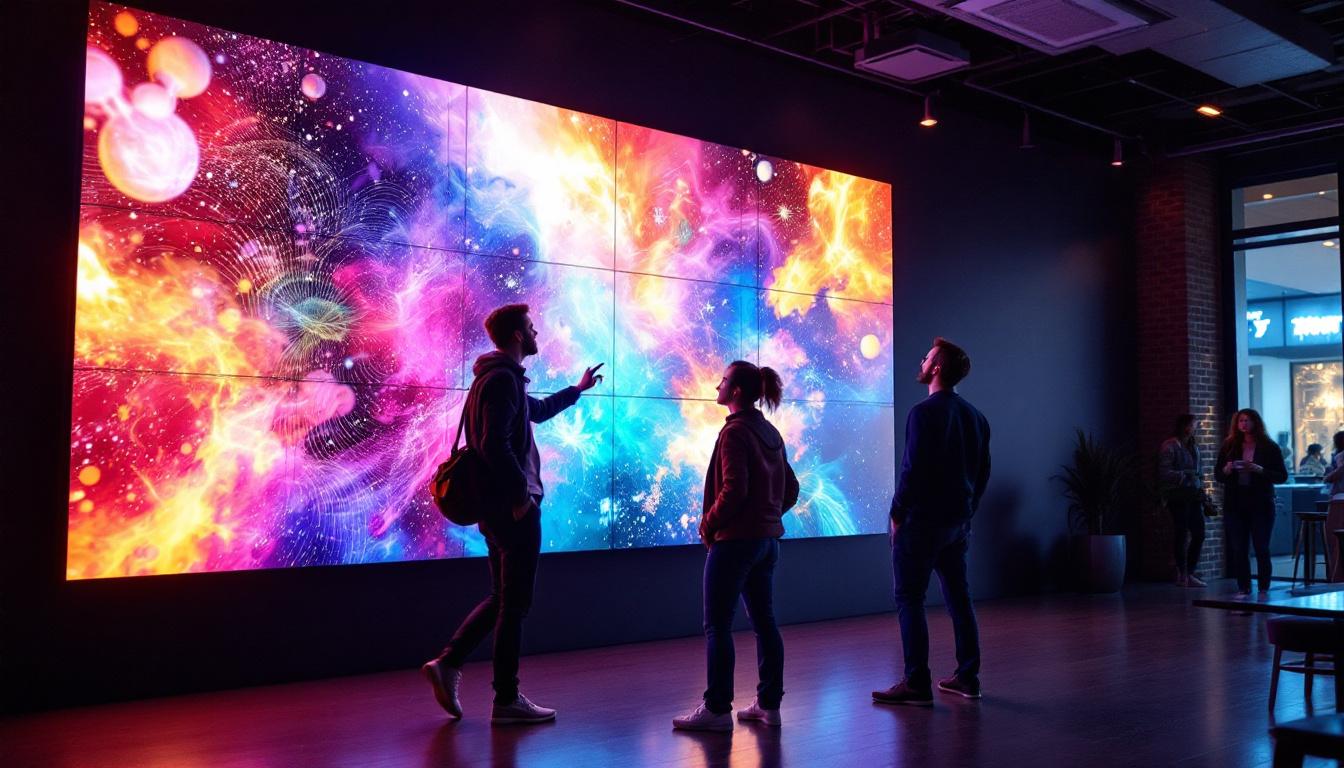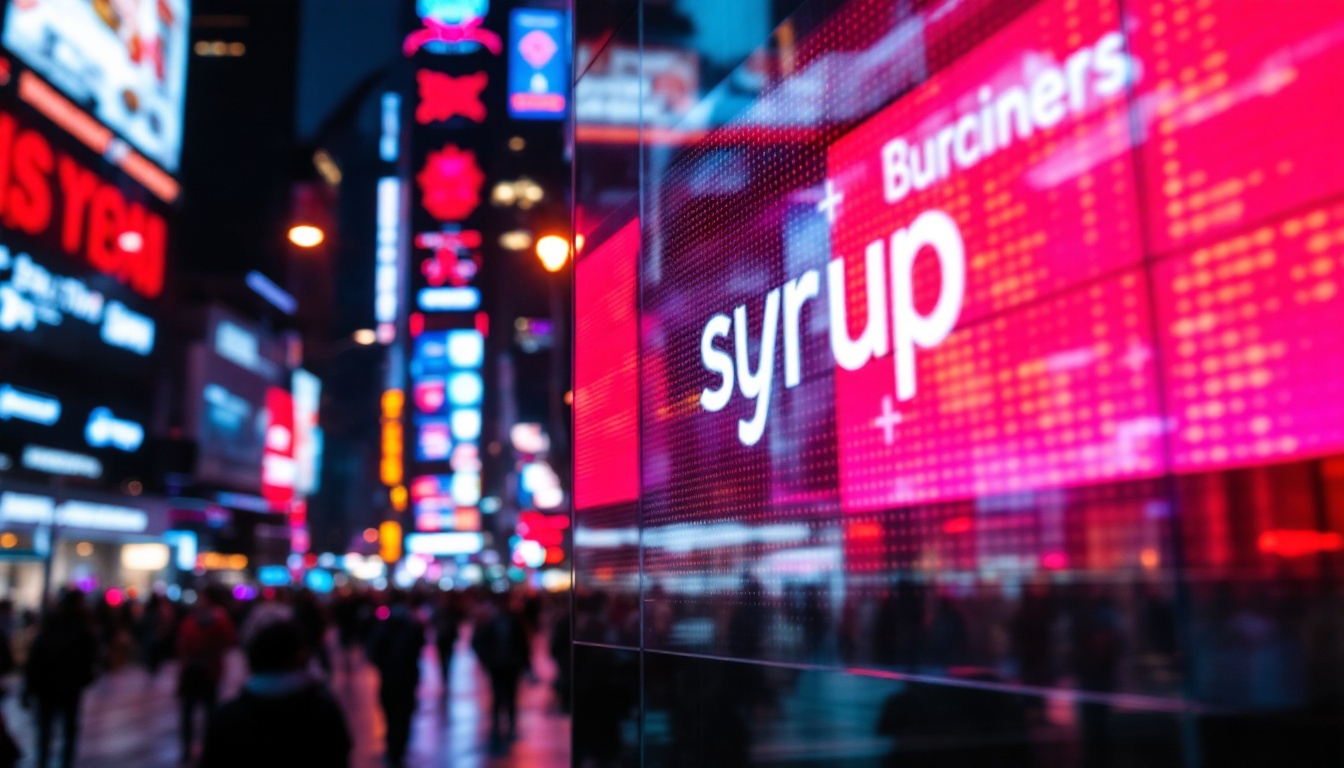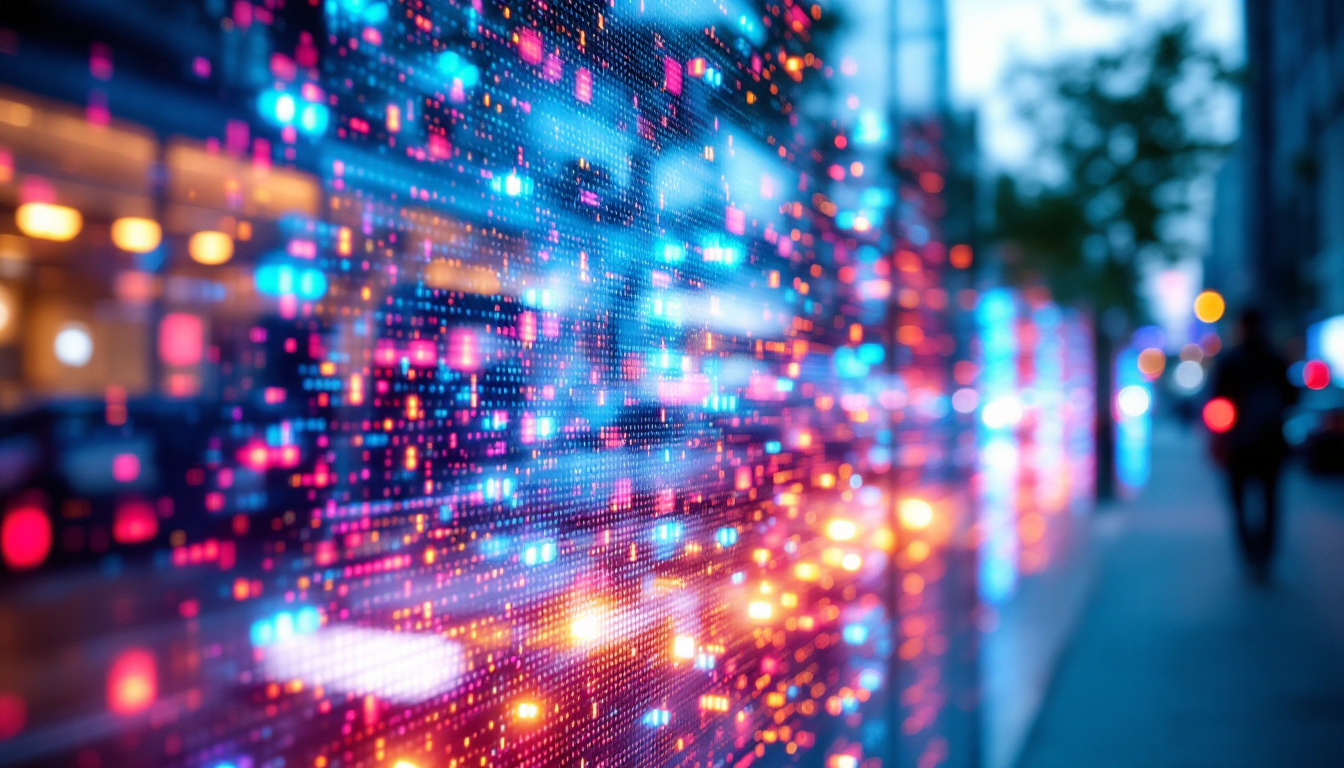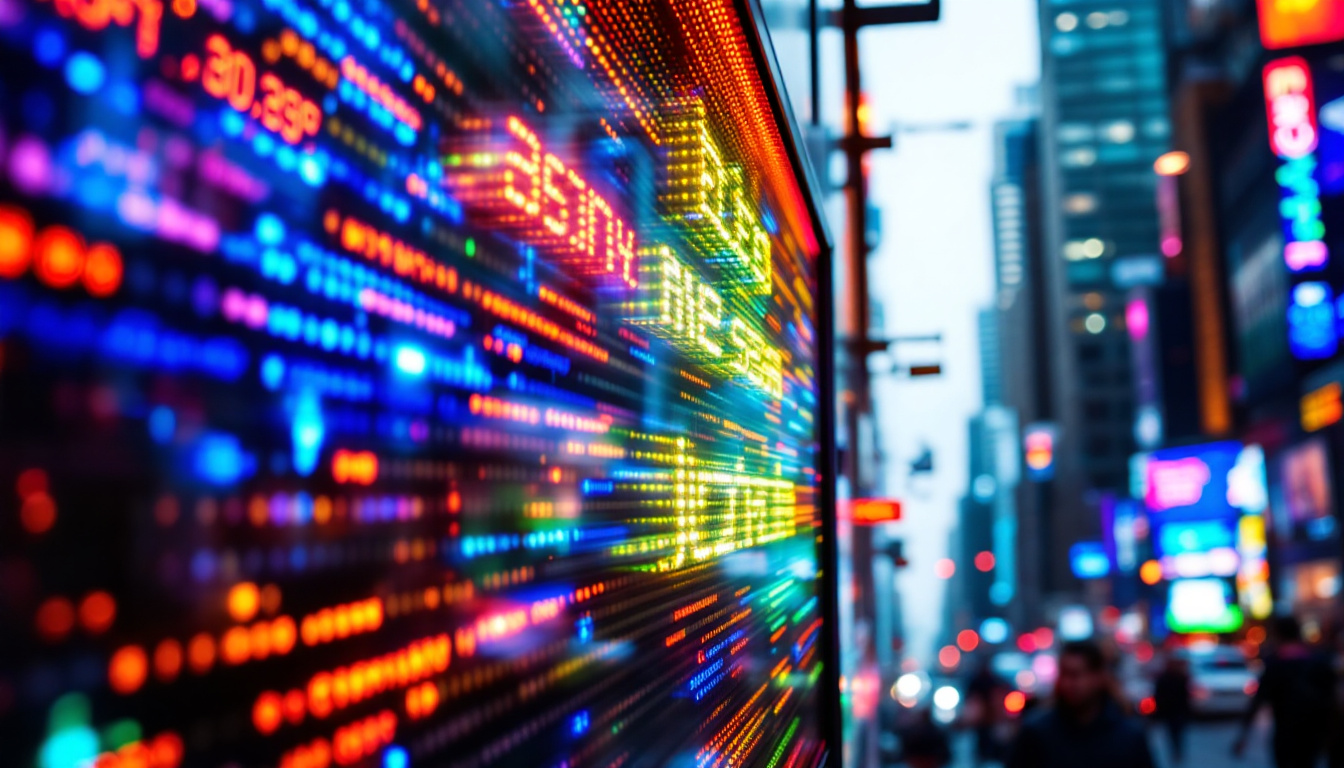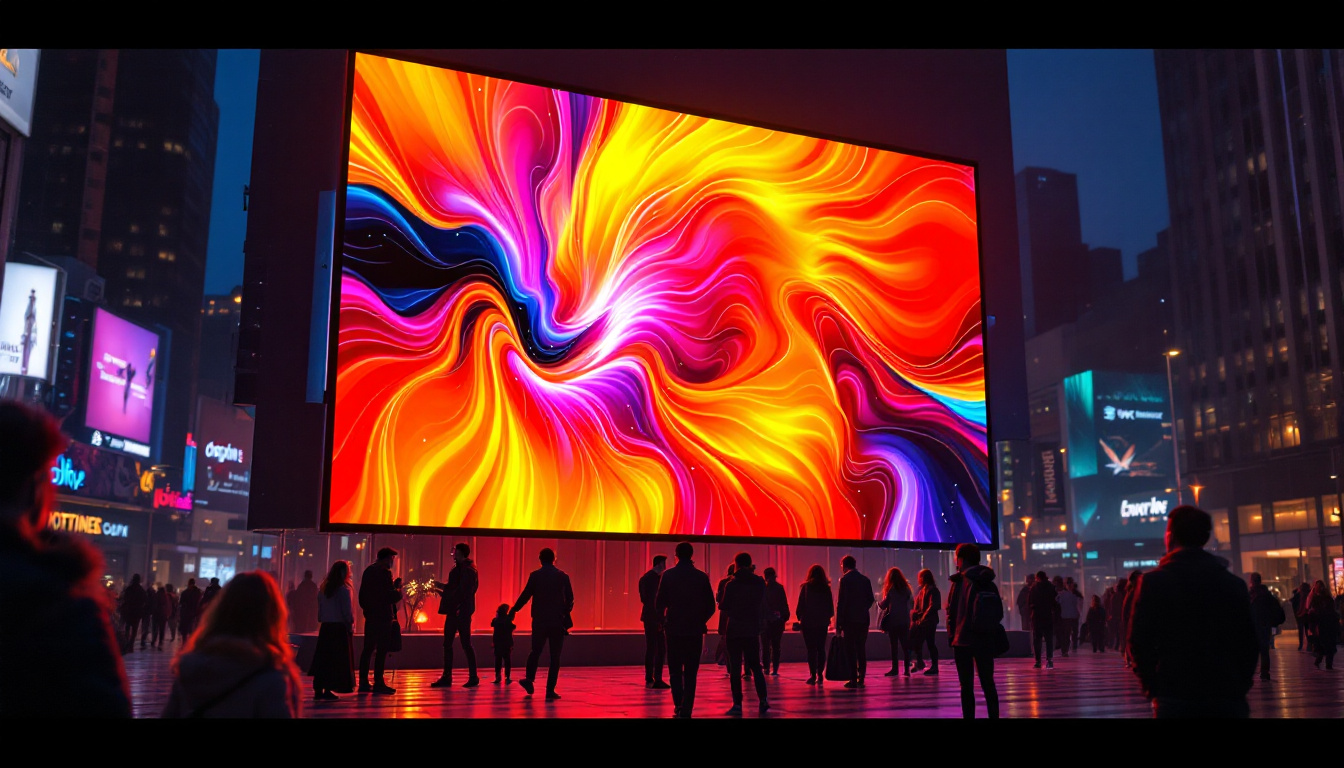In the world of modern technology, LED displays have become ubiquitous, serving as the backbone of various devices from smartphones to large-scale billboards. Understanding how these displays are made not only demystifies the technology but also highlights the intricate processes involved in their production. This article delves into the manufacturing of LED display boards, exploring the materials, techniques, and innovations that drive this industry.
The Basics of LED Displays
LED, or Light Emitting Diode, displays are a type of flat panel display that uses LEDs as pixels for video and images. They are known for their brightness, energy efficiency, and versatility, making them ideal for a wide range of applications. The construction of an LED display involves several key components, each playing a crucial role in the overall functionality and performance of the display.
Components of an LED Display
At its core, an LED display consists of several essential components. These include the LED modules, a circuit board, a controller, and a protective casing. The LED modules are made up of numerous individual LEDs that light up to create images. The circuit board connects these LEDs to the power source and the controller, which processes the incoming video signals.
The protective casing serves to shield the delicate components from environmental factors, ensuring durability and longevity. Additionally, the display may include a heat sink to manage temperature and prevent overheating, which is critical for maintaining performance and extending the lifespan of the display.
Types of LED Displays
LED displays can be categorized into various types based on their application and technology. The most common types include direct-view LED displays, which are often used in outdoor advertising, and LED-backlit LCD displays, typically found in televisions and computer monitors. Each type has its unique manufacturing process and specifications, tailored to meet specific performance criteria.
For instance, direct-view LED displays are built using larger LEDs that can produce brighter images, making them suitable for outdoor use. In contrast, LED-backlit LCD displays use smaller LEDs that provide backlighting for an LCD panel, offering a different set of advantages such as improved color accuracy and energy efficiency.
The Manufacturing Process
The manufacturing of LED displays is a complex process that involves multiple stages, each requiring precision and expertise. From the initial design to the final assembly, every step is crucial in ensuring the quality and functionality of the finished product.
Design and Prototyping
The first step in the manufacturing process is the design phase, where engineers create detailed specifications for the LED display. This includes determining the size, resolution, and type of LEDs to be used. Once the design is finalized, a prototype is developed to test the concept and make any necessary adjustments before mass production begins.
Prototyping allows manufacturers to evaluate the performance of the display under various conditions, ensuring that it meets the required standards for brightness, color accuracy, and response time. This stage is critical, as it helps to identify potential issues early in the process, saving time and resources in the long run.
Material Selection
Choosing the right materials is essential for producing high-quality LED displays. The primary materials include semiconductor materials for the LEDs, circuit board substrates, and protective casings. Semiconductor materials, such as gallium nitride and indium gallium phosphide, are selected based on their ability to emit light efficiently and at specific wavelengths.
The circuit board substrate must provide excellent electrical conductivity and thermal management properties, while the protective casing is often made from durable plastics or metals to withstand environmental stressors. Manufacturers must balance cost, performance, and durability when selecting materials to ensure the final product meets customer expectations.
Assembly and Quality Control
Once the components are ready, the assembly process begins. This stage involves placing the LEDs onto the circuit board, connecting them to the controller, and enclosing everything in the protective casing. Precision is key during assembly, as even minor misalignments can affect the display’s performance.
Automated Assembly Techniques
Modern manufacturing facilities often utilize automated assembly techniques to enhance efficiency and accuracy. Automated pick-and-place machines are commonly used to position the LEDs on the circuit board, ensuring consistent placement and reducing the risk of human error. These machines can work at high speeds, significantly increasing production rates.
Additionally, soldering techniques, such as reflow soldering, are employed to secure the connections between the LEDs and the circuit board. This process involves applying solder paste to the board, placing the components, and then heating the assembly to melt the solder, creating a strong electrical connection.
Quality Control Measures
Quality control is a critical aspect of the manufacturing process, as it ensures that each LED display meets the required standards for performance and reliability. Various testing methods are employed throughout the production process, including visual inspections, functional tests, and stress tests.
Visual inspections are conducted to check for any physical defects, such as scratches or misaligned components. Functional tests assess the display’s performance, verifying that the colors are accurate and the brightness levels are within specifications. Stress tests simulate real-world conditions to evaluate how the display will perform over time, ensuring it can withstand environmental factors like temperature fluctuations and humidity.
Innovations in LED Display Technology
The LED display industry is constantly evolving, with new technologies and innovations emerging to enhance performance and expand application possibilities. These advancements are driven by the demand for higher resolution displays, improved energy efficiency, and greater flexibility in design.
MicroLED Technology
One of the most exciting developments in the LED display sector is MicroLED technology. MicroLED displays utilize tiny individual LEDs that can be placed closer together than traditional LEDs, resulting in higher pixel densities and improved image quality. This technology offers several advantages, including better color accuracy, higher brightness levels, and lower power consumption.
MicroLED displays are also modular, allowing for flexible configurations that can be tailored to various screen sizes and shapes. This adaptability opens up new possibilities for applications in everything from consumer electronics to large-scale installations, such as digital signage and immersive environments.
Flexible and Transparent Displays
Another area of innovation is the development of flexible and transparent LED displays. These displays can be bent or curved to fit unconventional surfaces, making them ideal for creative applications in architecture and design. Transparent displays, on the other hand, allow for visibility through the screen while still displaying images and information, offering unique opportunities for advertising and information dissemination.
These innovations not only enhance the aesthetic appeal of LED displays but also provide new ways for businesses to engage with customers and convey information in dynamic and interactive ways.
Applications of LED Displays
The versatility of LED displays has led to their widespread adoption across various industries. From advertising to entertainment, the applications of LED technology are vast and continually expanding.
Advertising and Marketing
One of the most prominent uses of LED displays is in advertising and marketing. digital billboards and signage utilize LED technology to capture attention with vibrant colors and dynamic content. These displays can be easily updated with new advertisements, allowing businesses to respond quickly to market trends and consumer preferences.
Additionally, LED displays are often used in retail environments, enhancing the shopping experience with interactive displays that showcase products and promotions. This ability to engage customers visually has proven to be a powerful tool for driving sales and increasing brand visibility.
Entertainment and Events
In the entertainment industry, LED displays are integral to concerts, sporting events, and theatrical performances. Large-scale LED screens provide stunning visuals that enhance the audience’s experience, while smaller displays are used for stage backdrops and visual effects. The ability to create immersive environments through LED technology has transformed how events are produced and experienced.
Furthermore, LED displays are increasingly used in home entertainment systems, providing high-quality visuals for televisions and gaming. The demand for larger, more vibrant displays continues to grow, driving innovations in both consumer and professional applications.
The Future of LED Displays
As technology continues to advance, the future of LED displays looks promising. Emerging trends such as artificial intelligence, augmented reality, and the Internet of Things (IoT) are set to further revolutionize how LED displays are designed and utilized.
Integration with Smart Technologies
The integration of LED displays with smart technologies is one of the most significant trends shaping the future of this industry. Smart LED displays can connect to the internet and communicate with other devices, enabling real-time updates and interactive features. This connectivity allows for personalized content delivery, enhancing user engagement and experience.
For example, in retail environments, smart LED displays can analyze customer behavior and preferences to provide targeted advertisements, improving the effectiveness of marketing strategies. This level of personalization is expected to become a standard expectation in the coming years.
Sustainability and Energy Efficiency
As environmental concerns continue to rise, the LED display industry is also focusing on sustainability and energy efficiency. Manufacturers are exploring ways to reduce energy consumption during production and operation, as well as utilizing recyclable materials in their products. Innovations in LED technology, such as improved energy-efficient designs and longer-lasting components, contribute to a more sustainable future.
These efforts not only benefit the environment but also align with consumer preferences for eco-friendly products, making sustainability a key consideration in the development of new LED displays.
Conclusion
The journey of manufacturing LED displays is a fascinating blend of technology, innovation, and artistry. From the intricate design process to the final assembly, each step plays a vital role in creating displays that are not only functional but also visually captivating. As technology continues to evolve, the potential for LED displays seems limitless, promising exciting developments that will shape the future of visual communication.
Understanding how these displays are made provides valuable insights into the technology that has become an integral part of everyday life. Whether in advertising, entertainment, or personal devices, LED displays are here to stay, continually evolving to meet the demands of a dynamic world.
Discover Cutting-Edge LED Displays with LumenMatrix
Ready to elevate your visual communication with the latest in LED technology? LumenMatrix, a pioneer in crafting immersive LED display modules, invites you to explore our diverse range of solutions. From vibrant Indoor and Outdoor LED Wall Displays to dynamic Vehicle and Sports LED Displays, our offerings are designed to captivate and engage. Experience the innovation with our LED Poster Displays, Floor LED Displays, Custom configurations, All-in-One solutions, and Transparent LED Displays. Embrace the future of digital signage with LumenMatrix and Check out LumenMatrix LED Display Solutions today to transform your brand’s visibility and audience experience.


